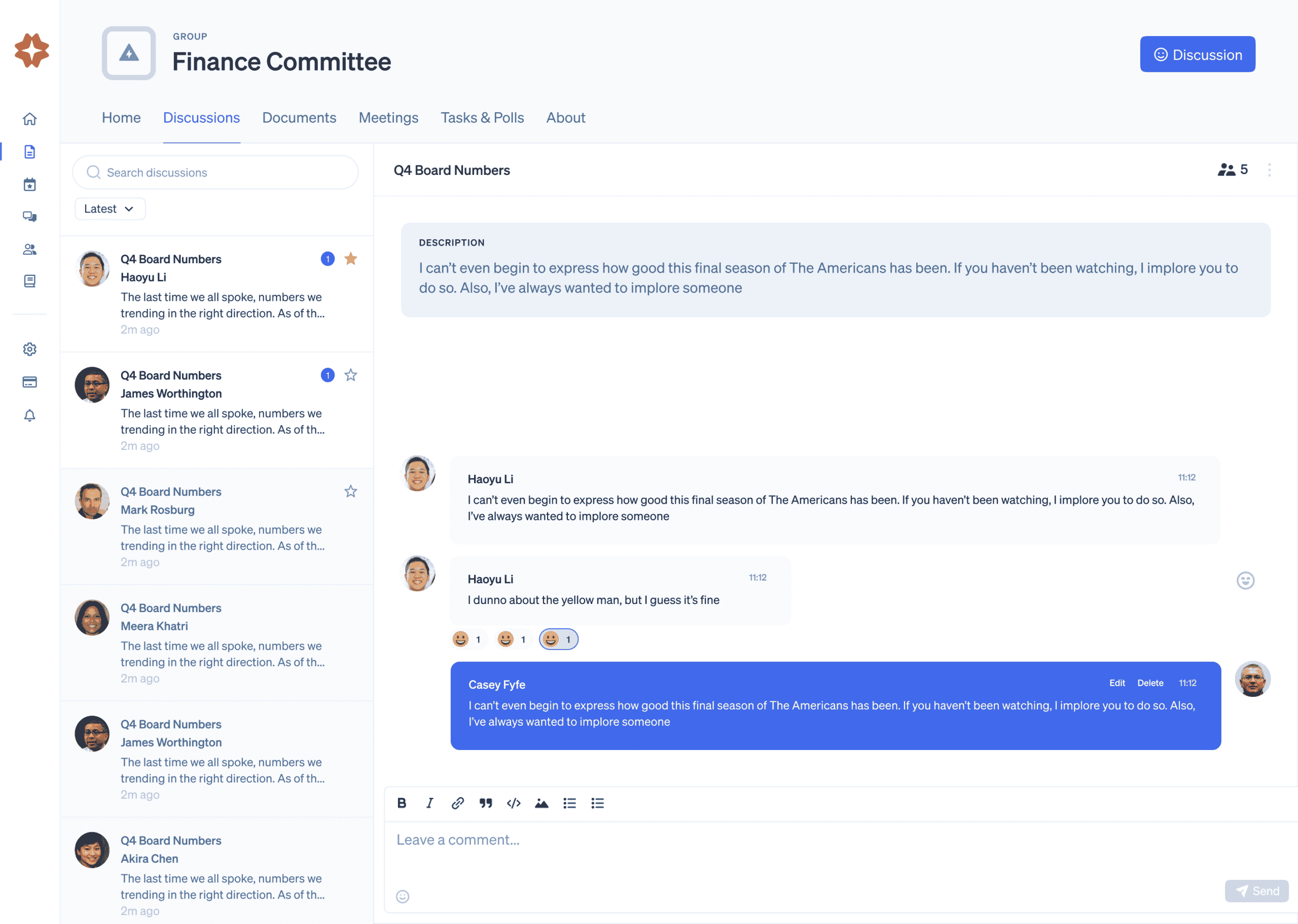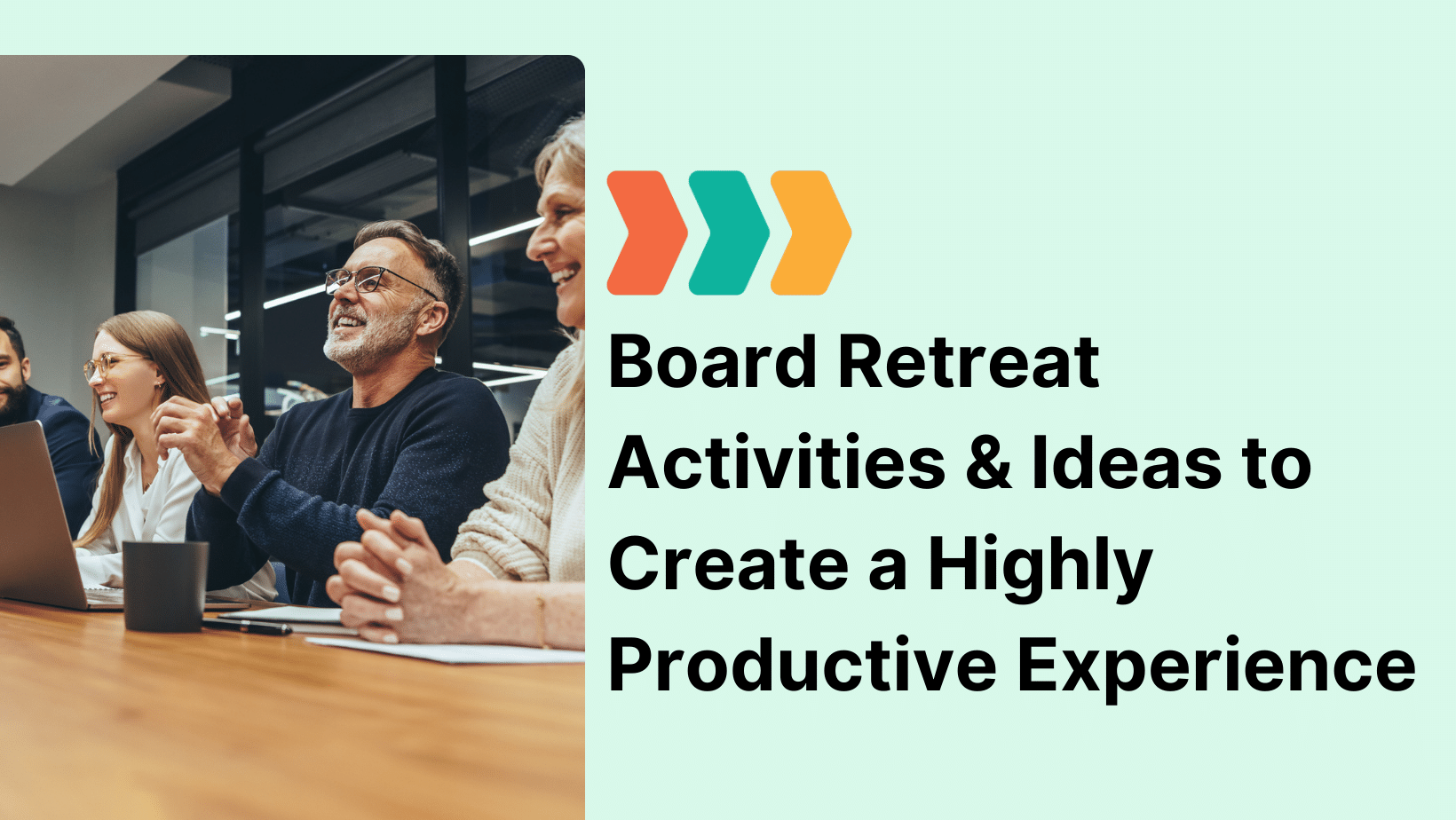Volunteering is one of the most fulfilling ways to contribute to a cause, and I’ve been fortunate to serve alongside passionate individuals in various nonprofit organizations. Through my journey, I’ve learned that effective volunteer management best practices are key for both attracting and retaining volunteers, including board members. While I don’t have all the answers, I’m eager to share insights from my experiences that can enhance how organization engage their volunteers.
My intention in writing this is simply to support nonprofit organizations in their vital missions. By focusing on understanding volunteer motivations, implementing effective recruitment strategies, and nurturing a sense of community, we can all play a part in creating a more enriching volunteer experience.
While each organization has its unique mission, the principles of recruiting and retaining volunteers remain universally important. In this post, I’ll share valuable insights and best practices drawn from my experiences, highlighting what truly resonates with volunteers and keeps us coming back.
Understanding What Drives Volunteers
Volunteers are motivated by diverse factors, and recognizing these can help organizations tailor their approaches. Here are the primary motivators that I’ve observed in my experience:
1. Purpose and Impact
Many volunteers are driven by the design to contribute to a cause greater than themselves. They want to see the tangible difference their efforts make in the community.
2. Skill Development
Many of us are eager to learn and grow. Whether it’s gaining leadership experience, enhancing communication skills, or understanding nonprofit operations, we seek roles that foster personal development. For instance, my involvement with the Indianapolis American Marketing Association has allowed me to stay updated on marketing trends while connecting with like-minded individuals.
3. Community and Connection
Volunteering is as much about the people as it is about the cause. Building relationships with fellow volunteers and staff enhances the experience—making it more rewarding.
Best Practices for Recruiting Volunteers
Here are a few best practices for recruiting volunteers based on my own research and experience.
1. Craft Meaningful Volunteer Opportunities
When organizations create clear and compelling role descriptions, it helps potential volunteers visualize their impact. During my time volunteering, I’ve always appreciated when organizations clearly articulate the significance of each role. For example, in my first year with the Parent Teacher Organization at our school, our President implemented detailed descriptions for each committee. This clarity increased volunteer sign-ups significantly.
2. Leverage Diverse Recruitment Channels
Effective recruiting goes beyond a single platform. Use social media, community boards, and local universities to cast a wide net. Personally, I’ve found many opportunities through word of mouth from my network and volunteer boards.
3. Host Engaging Orientation Sessions
Initial orientation sessions can be a game-changer. When nonprofits take the time to introduce their mission and the team, it creates an inviting atmosphere. In my experience, these sessions also encourage questions and foster early connections among volunteers—making new volunteers feel right at home.
4. Tap into Local Networks
Collaborating with local businesses, schools, and community organizations can help spread the word about volunteer opportunities. For instance, I once volunteered at a nonprofit that partnered with a local college, which brought in a wave of enthusiastic student volunteers.
Best Practices for Retaining Volunteers
Retaining volunteers is equally important, and here are key strategies that can make a difference
1. Offer Comprehensive Training & Support
Organizations that excel in retention provide thorough training and a welcoming environment. I’ve experienced the frustration of poor onboarding, and I’ve found that a structured training program allows volunteers to contribute meaningfully from the start. I know it’s an effort to prepare for volunteers, but good communication, self-study resources, and a welcoming environment that happily answers questions goes a long way.
2. Cultivate a Welcoming Community
Fostering an inclusive environment is vital. During my volunteer stints, I’ve always appreciated the organizations that prioritized greeting new volunteers, introducing them to other volunteers, and making them feel like they are making a difference from the start. Feeling like I belong kept me motivated and eager to keep coming back.
3. Recognize and Celebrate Contributions
Volunteers thrive on acknowledgment. Celebrating milestones, whether it’s a thank-you email or a formal recognition event, reinforces that our efforts are valued and matter to the greater cause. Personally (and selfishly), I’ve been inspired to continue volunteering when my contributions were recognized in newsletters or social media shout-outs. Or when the funds we’ve helped raise contributed to new resources needed or supported someone to get the medical help they’ve been waiting to receive.
4. Create Feedback Loops
Establishing mechanisms for feedback allows volunteers to feel like they have a voice to share their experiences and provide helpful suggestions. I appreciate when organizations welcome feedback and show that they value volunteer input, leading to a better experience for everyone.
Future Trends in Volunteer Management
In my research, I wanted to look at future trends in volunteer management to see if any of these changes were already starting to show up in my experiences.
As the landscape of volunteer management is evolving, driven by technological advancements and changing volunteer expectations, here are some trends to watch for:
1. Remote Volunteering
There is a growing desire for remote volunteering opportunities because it allows for individuals to contribute from anywhere and anytime. It could be beneficial for your organization to brainstorm different ways that people can support your organization in a remote capacity and start sharing those, making volunteering more accessible for everyone.
2. Micro-Volunteering
With busy scheduled just becoming busier and busier, short-term, task-based opportunities are gaining traction. These options allow volunteers to make an impact without a long-term commitment.
3. Focus on Diversity & Inclusion
A commitment to diverse and inclusive volunteer opportunities is increasingly important. Organizations should strive to reflect the populations they serve.
4. Data-Driven Decision Making
Nonprofits are leveraging data analytics to better understand volunteer engagement and improve retention strategies. By analyzing volunteer data, organizations can better tailor experiences to meet the needs and preferences of their volunteers.
Utilizing Boardable for Enhanced Volunteer Management
Managing volunteers can feel overwhelming, but tools like Boardable can simplify the process. Here are a few features that can enhance your volunteer management:
1. Document Sharing and Collaboration
Use these features so your team can create a cohesive onboarding experience for volunteers, ensuring that all essential documents are easily accessible. There is also e-Signature functionality which works perfect for easily and quickly collecting signatures from volunteers for important documents like NDAs or safety waivers.
2. Groups
The Group feature is an excellent way to set up committees and include volunteers on an as needed basis, facilitating better communication and collaboration on projects.
3. Goal Setting and Tracking
This feature helps track progress toward organizational goals, showing volunteers how their efforts contribute to the mission.
4. Tasks
Creating clear tasks for volunteers ensures everyone knows their responsibilities, keeping your organization on track.
As someone who has volunteered at a number of different organizations, I can attest that the right practices can make all the difference in recruiting and retaining volunteers. By understanding volunteer motivations, implementing strategic recruitment, fostering community and prioritizing communication, nonprofits can build and maintain a dedicated volunteer base.
Although you’ll need a specific tool to help streamline your volunteer management, best practices around this start at your board. If you’re interested in learning about how Boardable may be able to help your organization provide the best board member experience, sign up for a time to chat with one of our team members today! Together, we can enhance the volunteer experience and support the missions of nonprofits everywhere.




